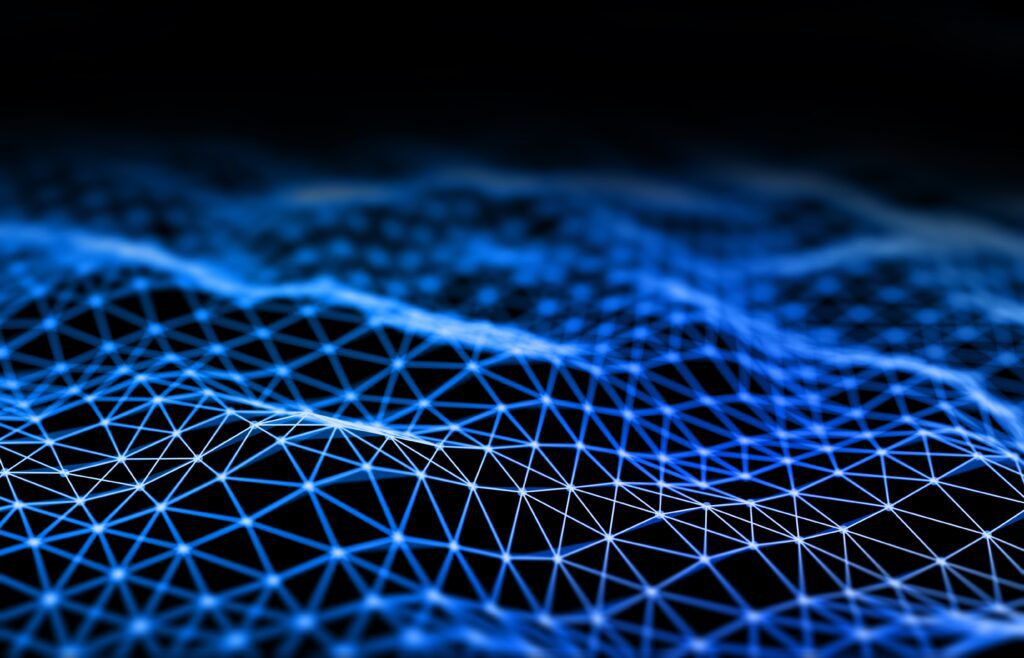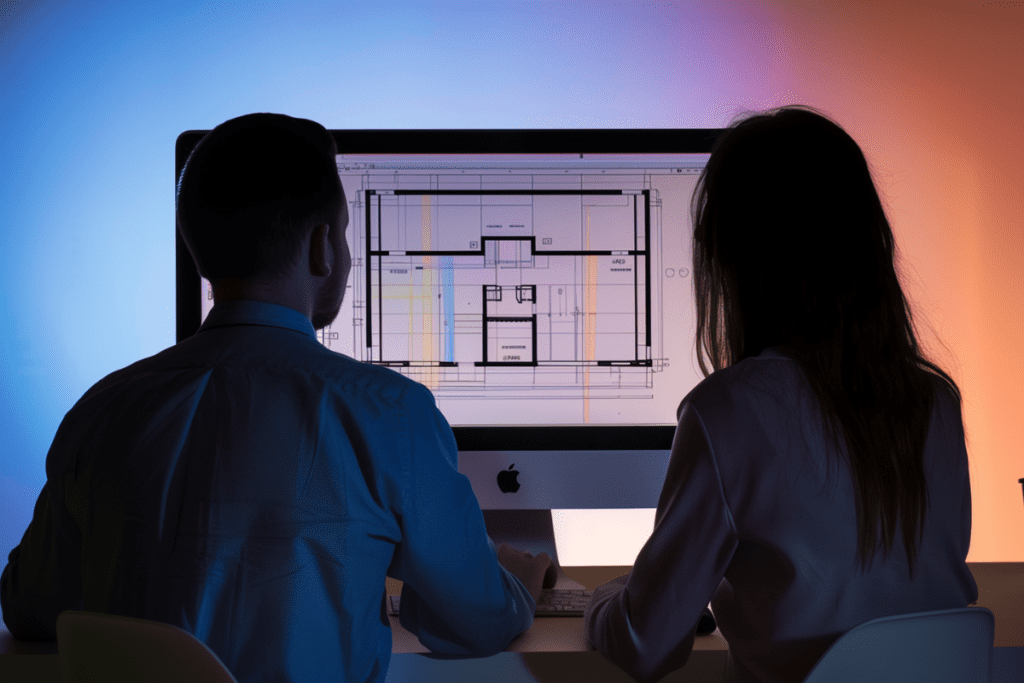Insights
by Orbyta
Get ready for a (near) future where digital environments will be AI-powered and mixed with reality.
Scopri gli approfondimenti di Orbyta sui trend emergenti alla convergenza tra le potenzialità dei dati, le piattaforme digitali e la progettazione e gestione degli ambienti.
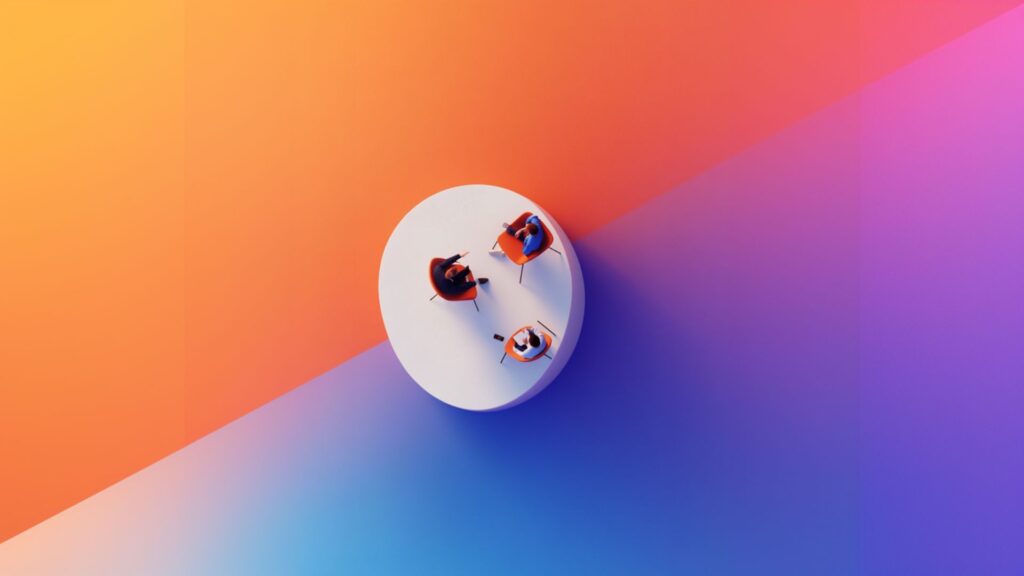
HR tech: come la tecnologia sta trasformando il mondo HR
Scopri come l'HR tech sta trasformando il mondo delle risorse umane, tra AI, automazioni e software per la gestione del personale.
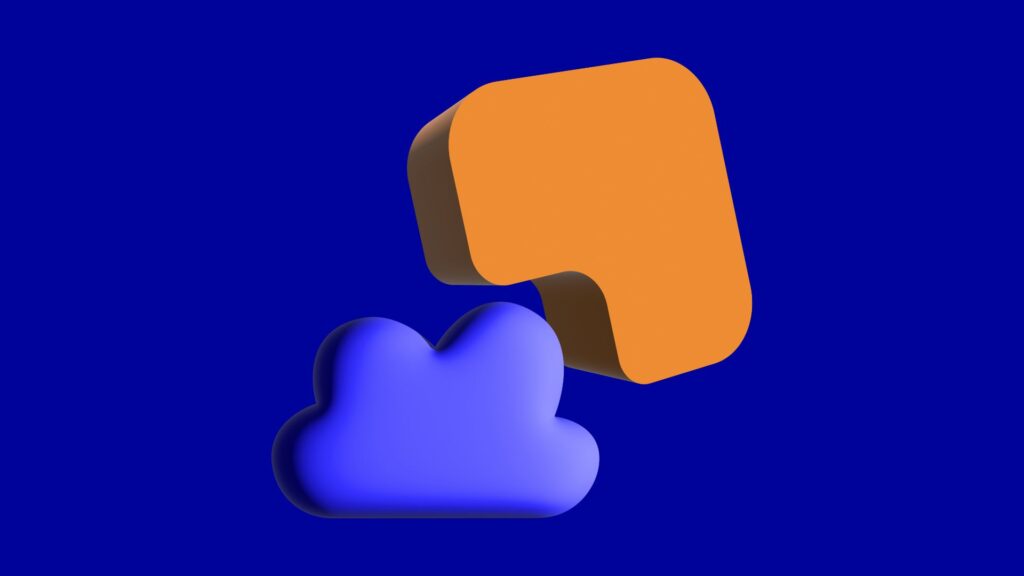
Hybrid cloud: a cosa serve e quali sono le soluzioni
Hybrid cloud: vantaggi, casi d'uso e soluzioni per integrare cloud pubblico e infrastrutture locali.
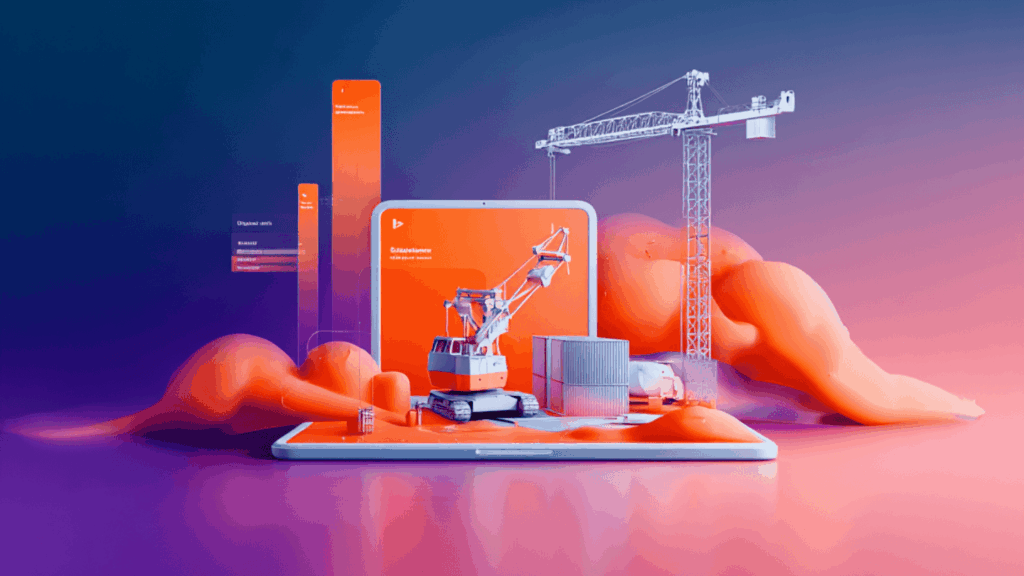
Cantiere digitale: ottimizza la gestione dei lavori con soluzioni smart
Scopri cos’è un cantiere digitale, come trasforma il settore delle costruzioni e quali vantaggi offre
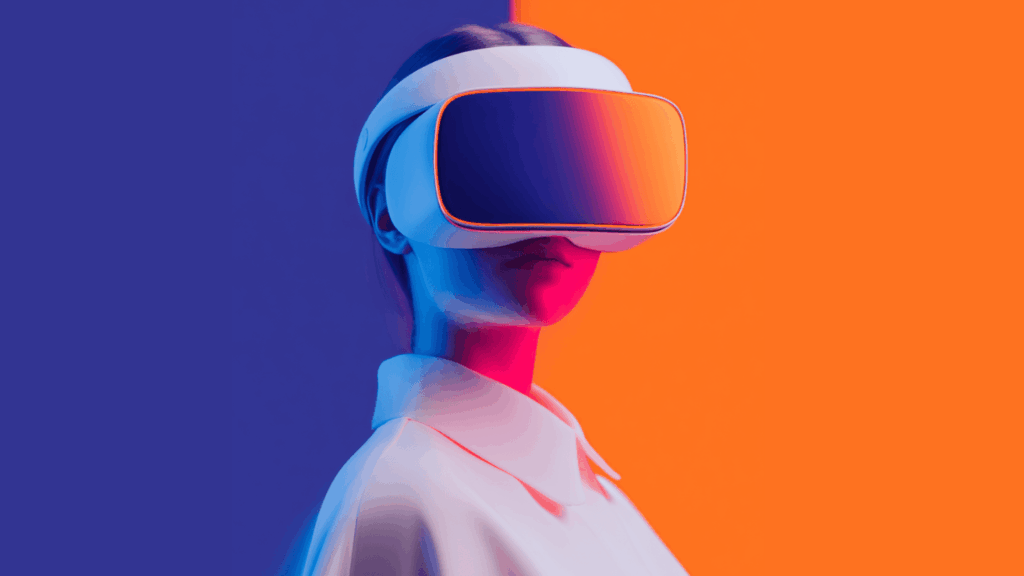
VR Specialist: come la realtà virtuale sta cambiando il real estate
Scopri chi è il VR Specialist, perché è cruciale nel real estate e come la realtà virtuale sta rivoluzionando il settore
